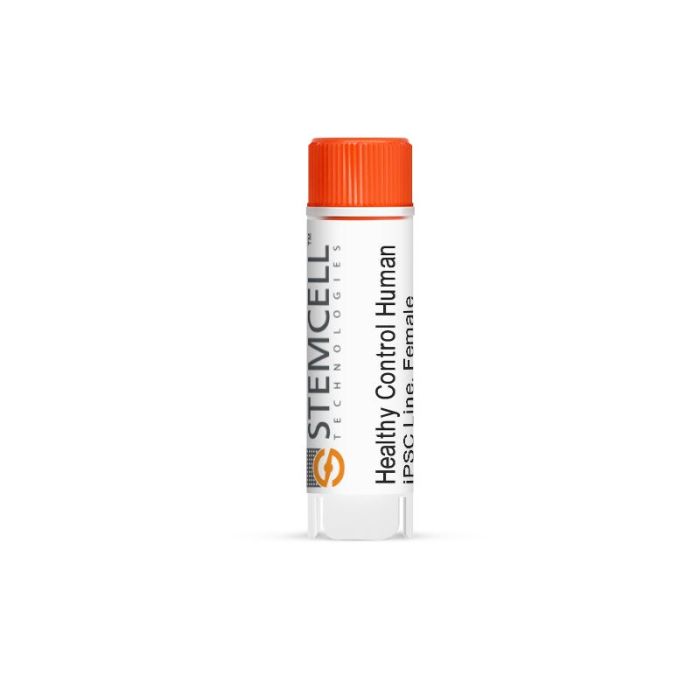产品号 #200-0511_C
人多能干细胞系,冷冻
人多能干细胞系,冷冻
Table 1. iPSC Line SCTi003-A Is Derived from a Healthy Female Donor
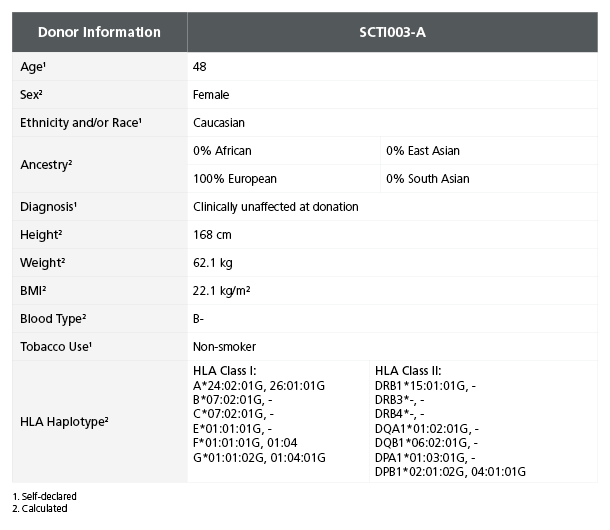
Demographic, health, and genetic characteristics of the SCTi003-A donor are compiled based on self-reported information and whole-exome sequencing. Sex was determined by karyotype. Ancestry and HLA haplotype were calculated from whole-genome and whole-exome sequencing combined data. Blood type (ABO/Rh blood group) was determined by next-generation sequencing. Height, weight, and BMI were calculated at the donation facility. iPSC = induced pluripotent stem cell.

Figure 1. SCTi003-A Human Pluripotent Stem Cells Demonstrate High-Quality Morphology in Routine Culture
Cryopreserved cells from line SCTi003-A were thawed and maintained in mTeSR™ Plus on Corning® Matrigel® Matrix. (A) The resulting iPSC colonies have densely packed cells and show multi-layering when ready to be passaged. (B,C) Cells retain prominent nucleoli and high nuclear-to-cytoplasmic ratios. iPSC = induced pluripotent stem cell.
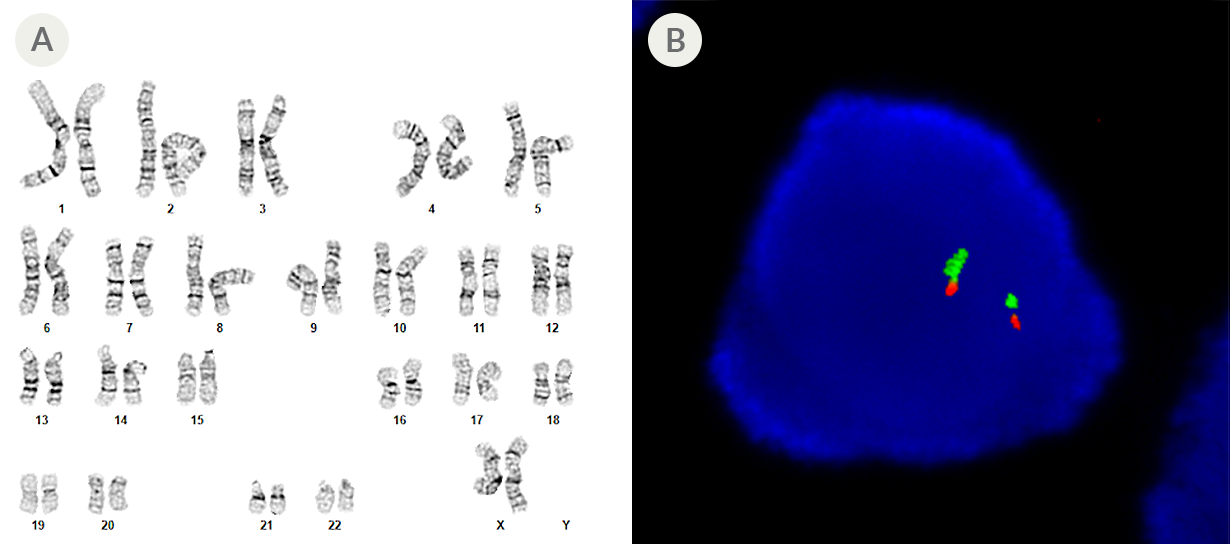
Figure 2. SCTi003-A Human Pluripotent Stem Cells Maintain a Normal Karyotype
(A) G-T-L banding for thawed cells at p26 (n = 20) shows a normal karyotype with no evidence of clonal abnormalities at a band resolution of 450 - 550 G-bands per haploid genome. (B) Fluorescent in situ hybridization in a representative p26 iPSC using probes for 20p11 (green) and 20q11.21 (red). 94% of cells examined displayed two sets of two probe signals, indicating no aneusomy of chromosome 20 (n = 200). iPSC = induced pluripotent stem cell.
Table 2. Single Nucleotide Polymorphism Microarray Analysis Characterizes SCTi003-A Copy Number Variants
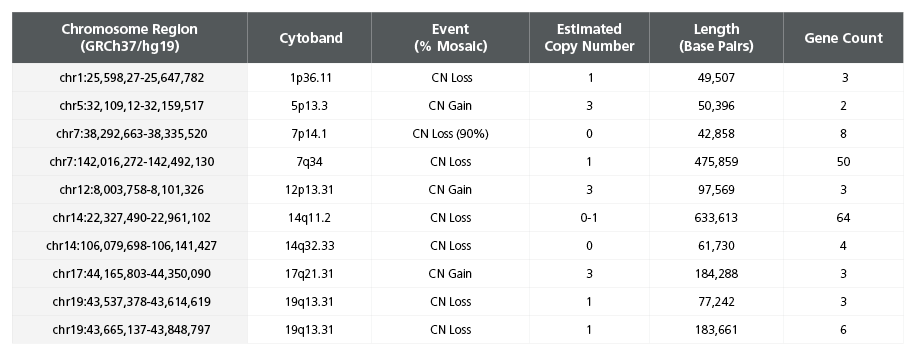
DNA was extracted from a vial of SCTi003-A from the Master Cell Bank and subject to SNP microarray analysis to identify large-scale copy number variants (CNVs). The cells display two reportable CNVs, defined as those greater than 400kb in size, on chromosome 7 and 14 (rows highlighted in bold font). These losses are located in the TCR regions of the genome and are indicative of VDJ recombination process during T Cell development. Array design, genomics position, genes, and chromosome banding are based on genome build GRCh37/hg19. chr = chromosome; start cyto = cytogenetic band at the start of the base pair imbalance; end cyto = cytogenetic band at the end of the base pair imbalance; bp = base pairs; SNP = single nucleotide polymorphism; TCR = T Cell Receptor; VDJ = variable, diversity, joining segment.
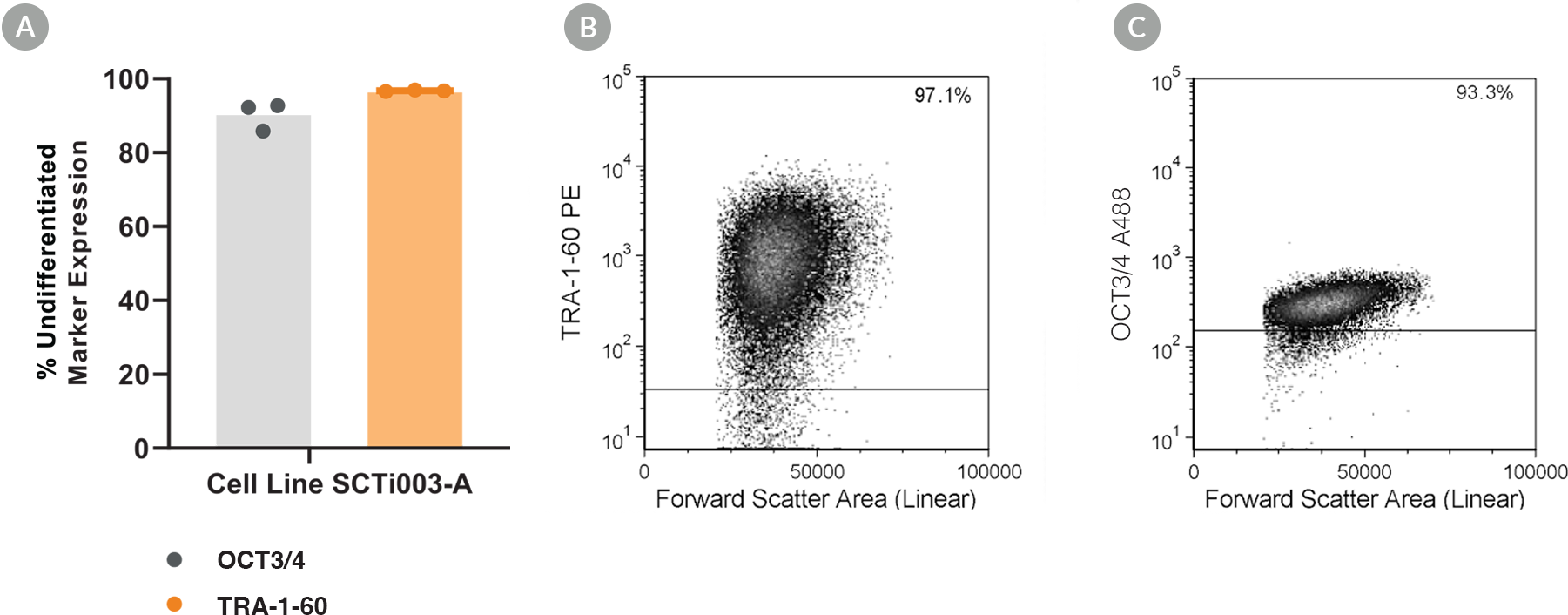
Figure 3. SCTi003-A iPSCs Express Undifferentiated Cell Markers
Cell line SCTi003-A was characterized using flow cytometry for undifferentiated cell markers OCT3/4 and TRA-1-60. (A) Percentage marker expression was quantified 5 passages after thawing from the Master Cell Bank from analyses of three technical replicates. Representative flow cytometry plots are displayed for (B) TRA-1-60 and (C) OCT3/4. iPSC = induced pluripotent stem cell.
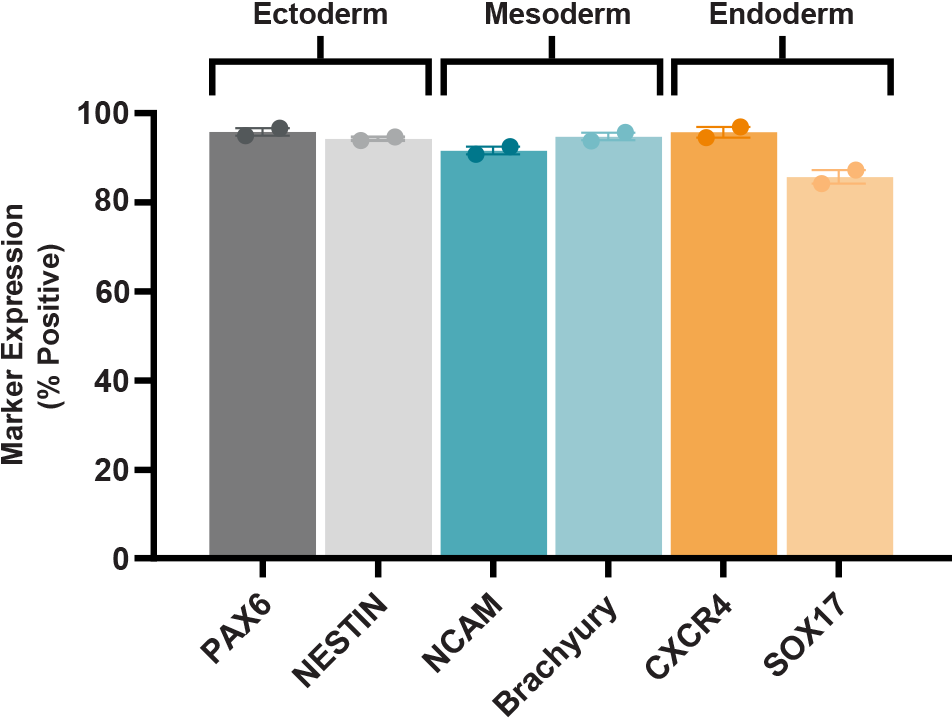
Figure 4. SCTi003-A Human Pluripotent Stem Cells Demonstrate a High Trilineage Differentiation Capacity
Cells from SCTi003-A were split into 3 groups, differentiated using STEMdiff™ Trilineage Differentiation Kit (#05230), and then subjected to flow cytometry analysis. Two markers for each embryonic germ layer were assessed, and bars present mean marker expression for each group of cells (n = 2 biological replicates). PAX6 and Nestin confirm differentiation to the ectoderm lineage, NCAM and Brachyury (T) to the mesoderm lineage, and CXCR4 and SOX17 to the endoderm lineage.
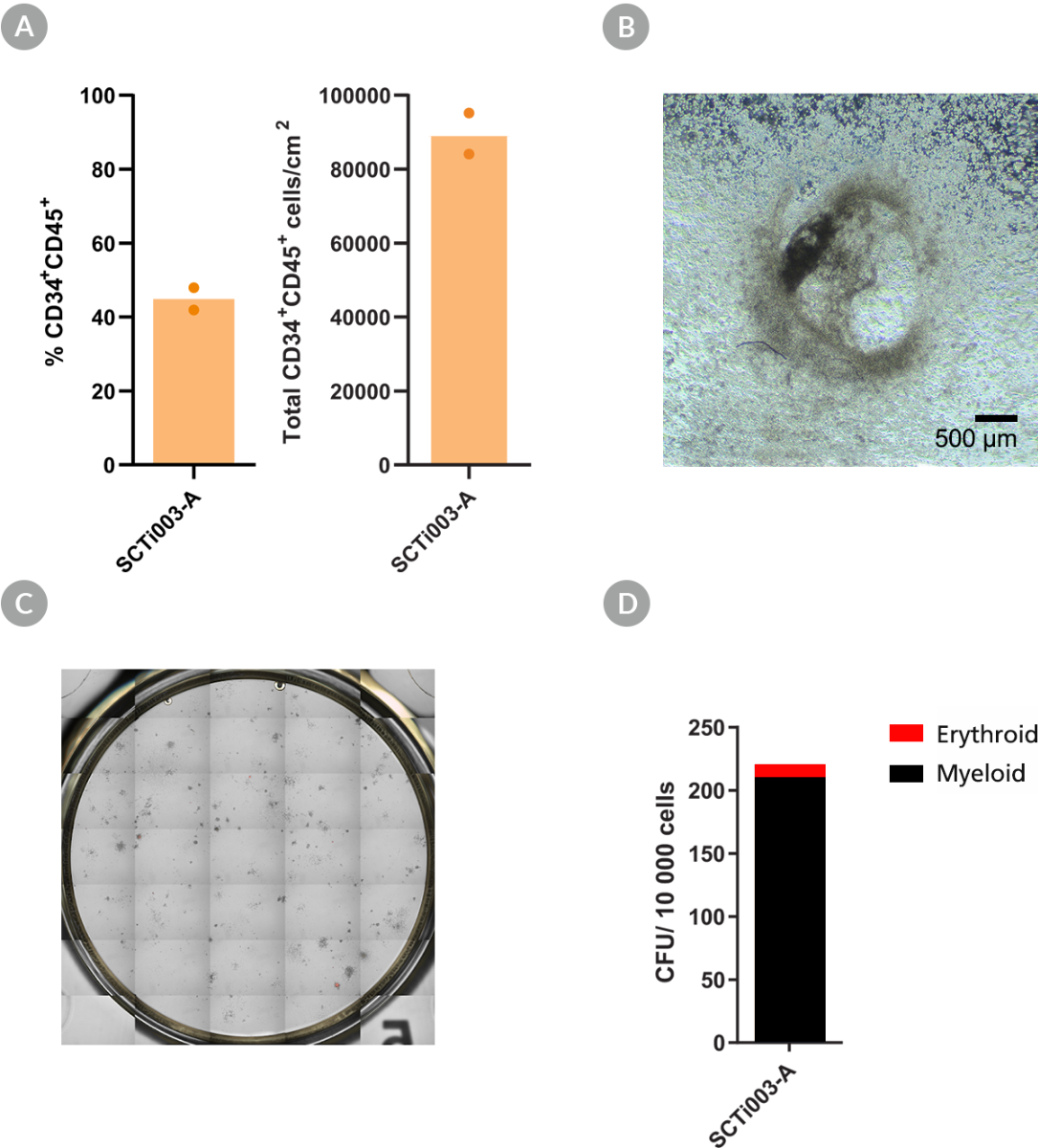
Figure 5. SCTi003-A iPSCs Can Form Hematopoietic Progenitor Cells and Have Colony-Forming Potential
STEMdiff™ Hematopoietic Kit (#05310) was used to generate HPCs from the SCTi003-A cell line. (A) Percentages and yields of CD34+CD45+ HPCs per cm2 after differentiation (n = 2 biological replicates). (B) Brightfield image of SCTi003-A-derived HPCs indicates that these cells transitioned through a typical endothelial-to-hematopoietic transition (EHT). The resulting HPCs were then subject to a CFU assay (n = 2) with MethoCult™ SF H4636. (C) After 14 days of incubation, colonies were imaged with STEMvision™ and (D) enumerated from digital images. Both myeloid (black) and erythroid (red) colonies can be formed from this line. iPSCs = induced pluripotent stem cells; HPCs = hematopoietic progenitor cells; CFU = colony-forming unit.

Figure 6. SCTi003-A Human Pluripotent Stem Cells Can Effectively Differentiate into Microglia
Hematopoietic progenitor cells generated from cell line SCTi003-A using the STEMdiff™ Hematopoietic Kit (#05310) were further differentiated using STEMdiff™ Microglia Differentiation and Maturation Kits (#100-0019, #100-0020). (A) The resulting cells are small with visible processes, are non-adherent on Matrigel®, and exhibit small cytoplasmic-to-nuclear ratios characteristic of microglia. (B) Co-expression of CD45 and CD11b was observed by flow cytometry. (C) The resulting cells are also adherent on poly-D-lysine, and contain < 20% monocyte-like cells (large, with lightly stained cytoplasm; arrow) as assessed by May-Grunwald Giemsa stain at Day 27.
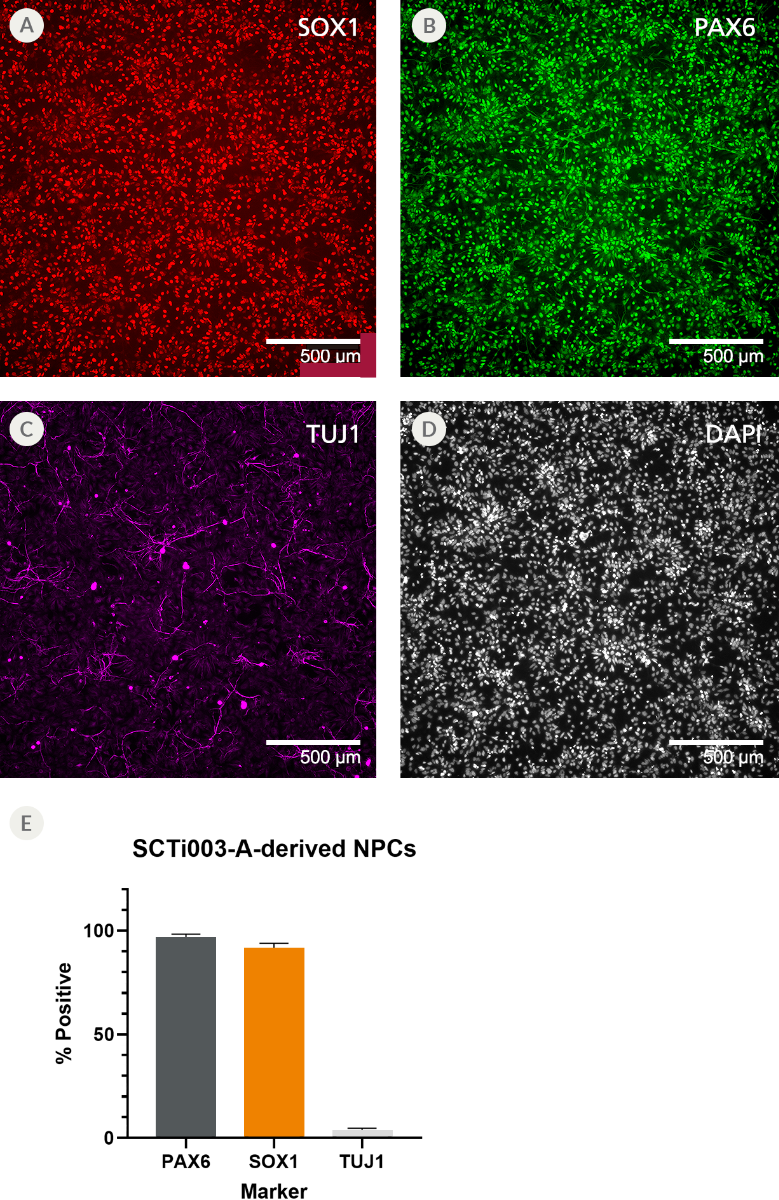
Figure 7. SCTi003-A Human Pluripotent Stem Cells Can Efficiently Differentiate into Neural Progenitor Cells
NPCs were generated from SCTi003-A iPSCs using STEMdiff™ SMADi Neural Induction Kit (#08581) following the monolayer protocol in the Product Information Sheet, and subsequently cryopreserved. The resulting NPCs were thawed, established in culture, and fixed for immunocytochemistry. The NPCs express neural progenitor markers (A) SOX1 and (B) PAX6 with low expression of (C) class III β-tubulin (TUJ1). (D) In addition, they display the expected small, teardrop-shaped morphology. (E) Marker expression was quantified and found to be greater than 90% for neural progenitor markers and less than 10% for mature neuronal markers. Error bars represent standard deviation (n = 2 biological replicates). NPCs = neural progenitor cells; iPSCs = induced pluripotent stem cells.
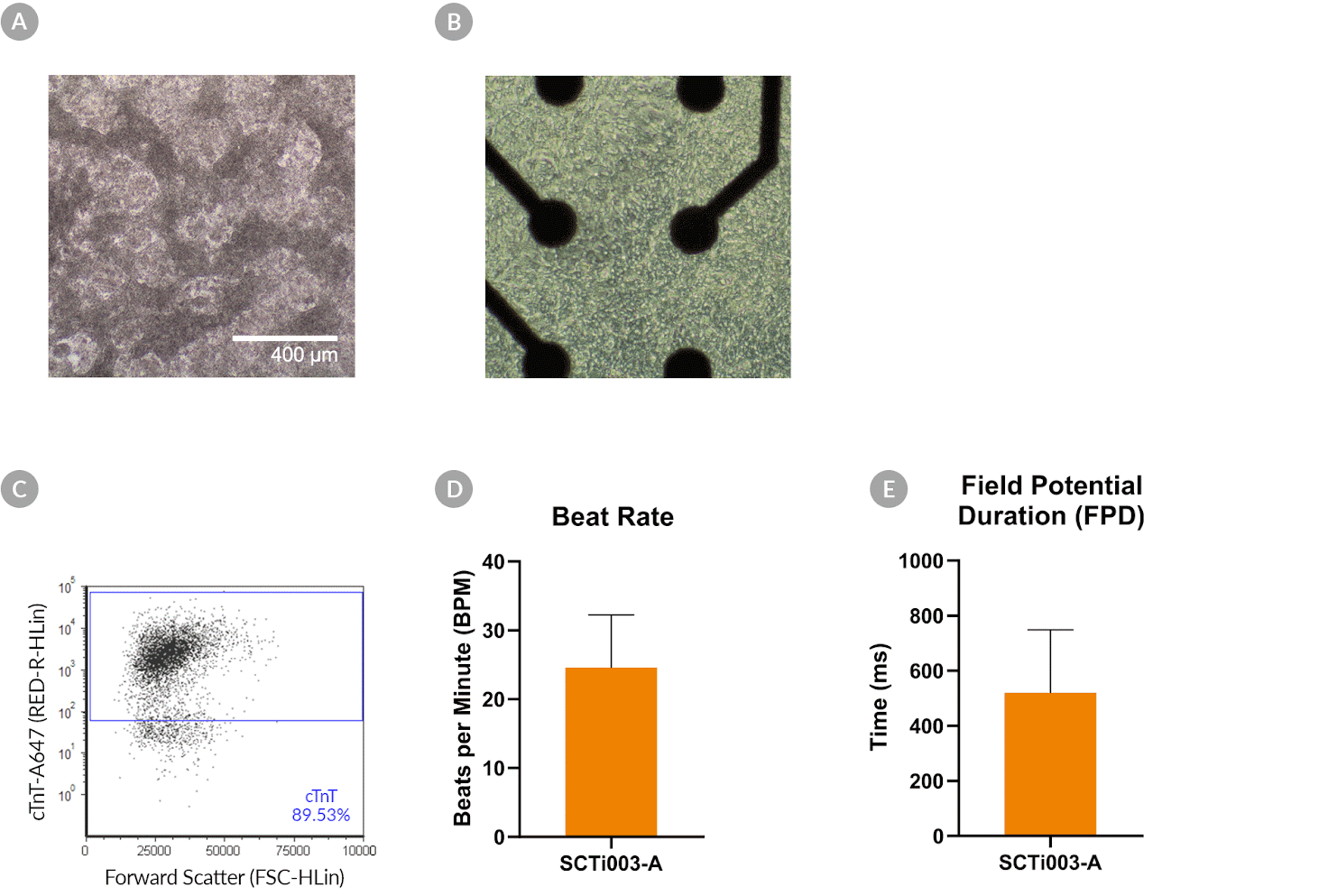
Figure 8. SCTi003-A Human Pluripotent Stem Cells Can Successfully Differentiate into Ventricular Cardiomyocytes
Ventricular cardiomyocytes were generated from SCTi003-A iPSCs using STEMdiff™ Ventricular Cardiomyocyte Differentiation Kit (#05010). (A) Monolayer cultures at Day 15 of differentiation show iPSC-derived ventricular cardiomyocytes that exhibit beating behavior. (B) Beating ventricular cardiomyocytes can be replated and maintained in a well of an MEA plate for functional analysis. (C) Of the resulting cells, 89% express cardiomyocyte marker cTnT, as detected by flow cytometry. (D) The iPSC-derived ventricular cardiomyocytes at Day 22 of differentiation beat at ~25 BPM (n = 3 replicates, mean +/-SD plotted) and (E) have a field potential duration of ~500 ms (n = 3 replicates, mean +/-SD plotted), as assessed by MEA. iPSCs = induced pluripotent stem cells; MEA = microelectrode array.
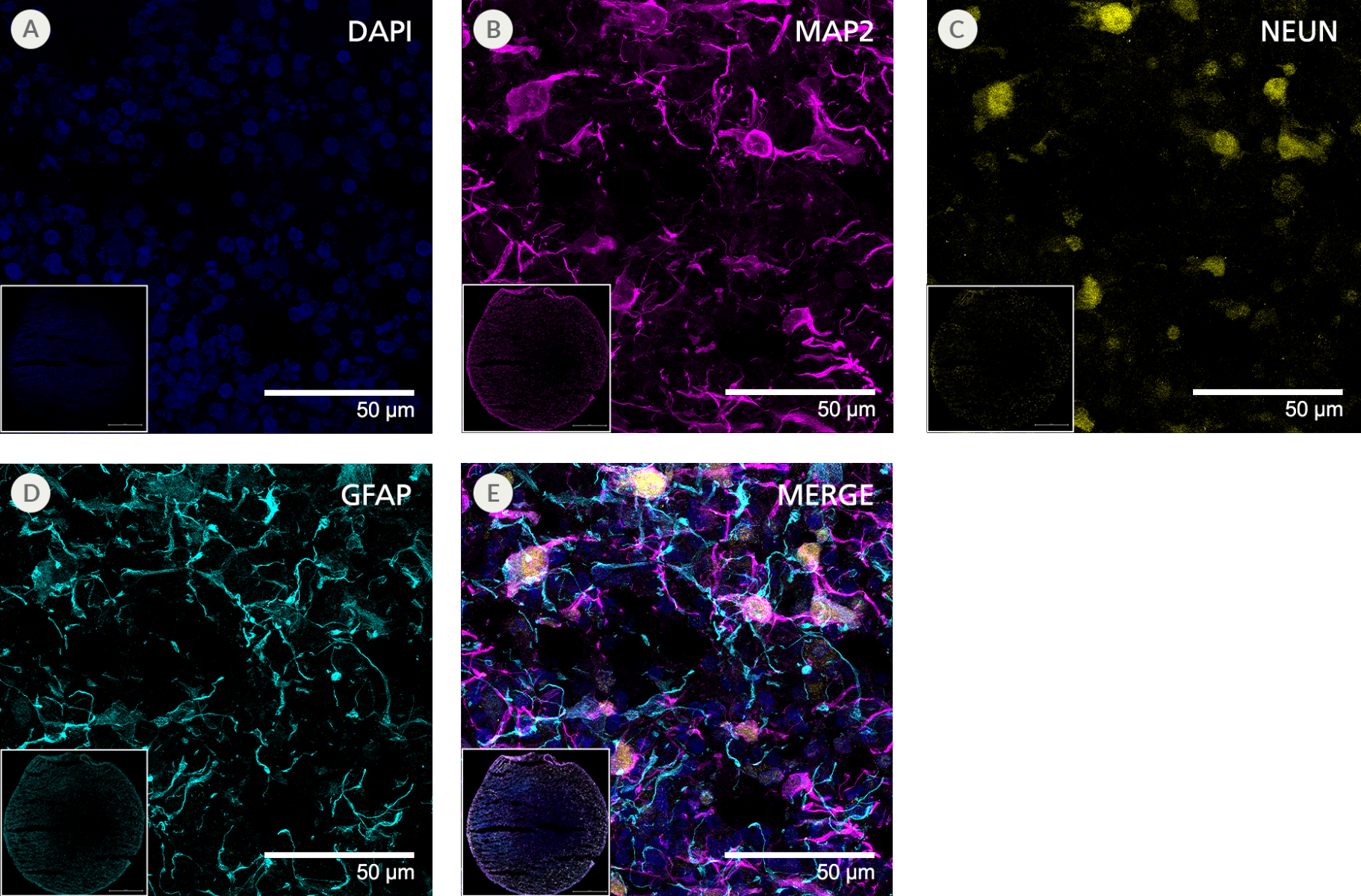
Figure 9. SCTi003-A Human Pluripotent Stem Cells Can Successfully Differentiate into Neural Organoids
iPSCs from SCTi003-A were differentiated to neural organoids using STEMdiff™ Dorsal Forebrain Organoid Differentiation Kit (#08620). Dorsal forebrain organoids were maintained until Day 105 with STEMdiff™ Neural Organoid Maintenance Kit (#100-0120) before fixing, cryosectioning, and immunofluorescent staining. The resulting organoids were stained for (A) DAPI (blue), (B) MAP2 (magenta), (C) NEUN (yellow), and (D) GFAP (cyan). (E) 4-channel merged image. Panels show cellular-level detail at 63x magnification. Insets show the full cryosection at 10x magnification. iPSCs = induced pluripotent stem cells.
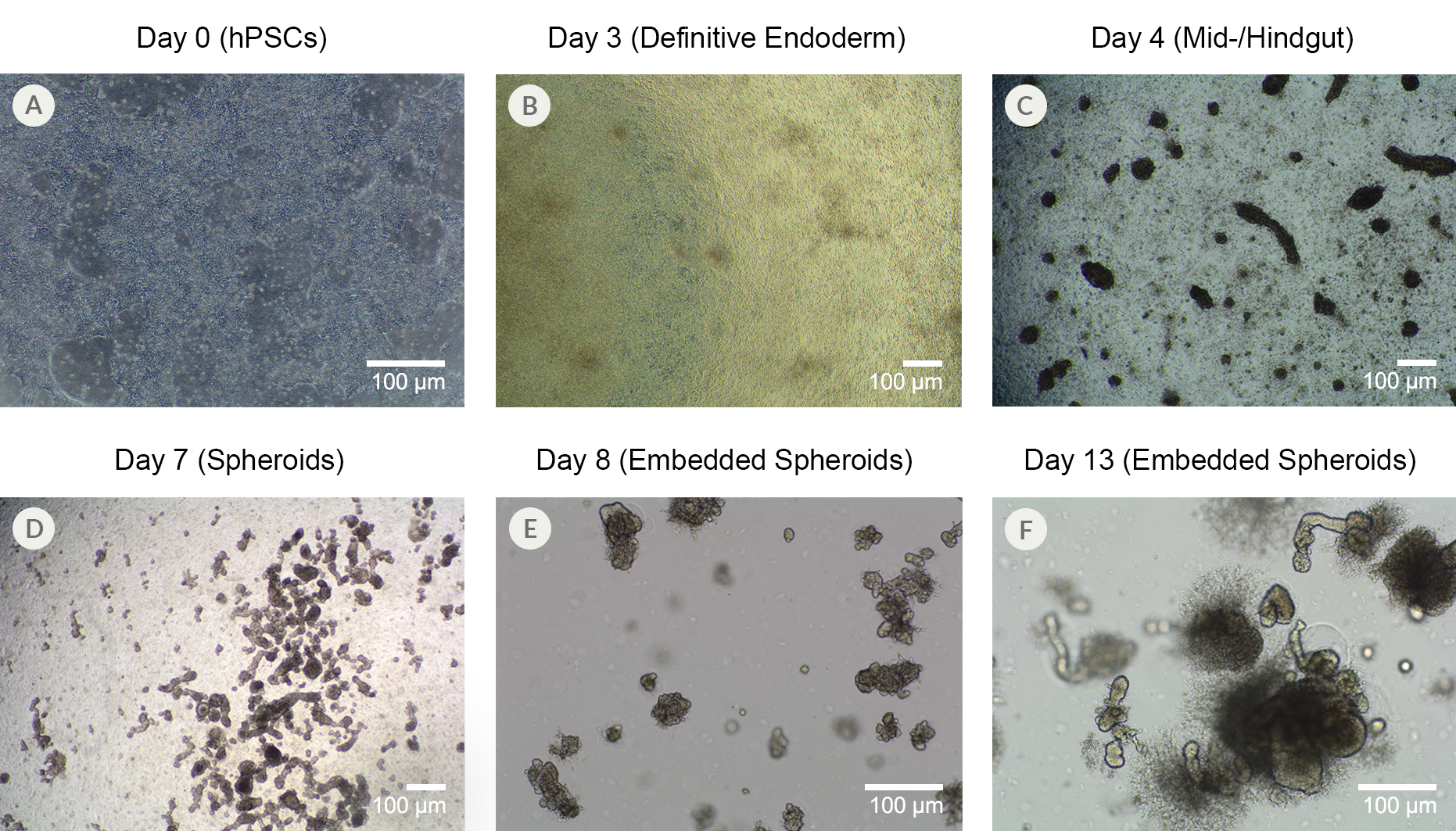
Figure 10. Human Pluripotent Stem Cells from Line SCTi003-A Can Successfully Differentiate into Intestinal Organoids
(A) SCTi003-A iPSCs were plated down for use with STEMdiff™ Intestinal Organoid Kit (#05140). (B) By Day 3 of the protocol outlined in the Product Information Sheet, the monolayers show more uniformity and display characteristics of patterning to definitive endoderm. (C) After switching to mid-/hindgut medium, 3D structures become visible atop the monolayer culture, and (D) spheroids detach from the mid-/hindgut culture at Day 7 of differentiation. (E) Collections of spheroids can be embedded in Matrigel® domes for subsequent maturation into human intestinal organoids, which (F) expand significantly after just 6 days in matrix. The maturing organoids can be passaged and expanded using STEMdiff™ Intestinal Organoid Growth Medium (#05145). iPSCs = induced pluripotent stem cells.
Table 3. Comprehensive Risk Variant Profile for the SCTi003-A iPSC Line
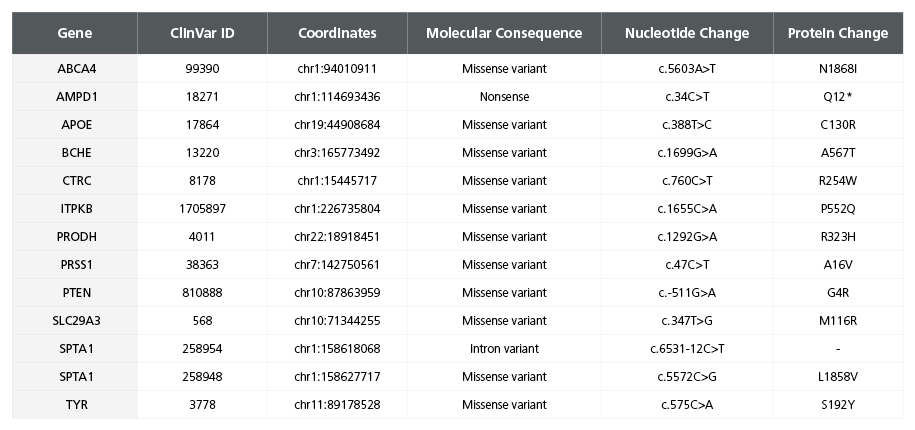
The table presents risk variants identified for the SCTi003-A iPSC line. DNA was purified from the master cell bank, and whole-genome sequencing was performed to capture the entire genomic landscape. Sequencing was conducted on the NovaSeq 6000 System, achieving a 50x coverage. Coverage of coding regions and adjacent splice junction sites was enhanced for 20,000 genes using the SureSelect Human All Exon V6 Kit (Agilent Technologies). Variants were called and analyzed following GATK4 best practices, incorporating a Convolutional Neural Network to score each variant. High-confidence variants were annotated with predicted functional consequences and ClinVar IDs. ClinVar entries required two or more supporting ALT reads and an assertion criteria of one gold star or more in ClinVar to be considered. This comprehensive profile assists in understanding the genetic landscape and potential health impacts associated with the SCTi003-A iPSC line.
Note that the classification of variants as pathogenic or likely pathogenic is provided by ClinVar and STEMCELL has not verified its accuracy. Further, this reflects knowledge at the time the report was generated, and the classification of variants as pathogenic or likely pathogenic may change over time.
Find supporting information and directions for use in the Product Information Sheet or explore additional protocols below.
This product is designed for use in the following research area(s) as part of the highlighted workflow stage(s). Explore these workflows to learn more about the other products we offer to support each research area.
Thank you for your interest in IntestiCult™ Organoid Growth Medium (Human). Please provide us with your contact information and your local representative will contact you with a customized quote. Where appropriate, they can also assist you with a(n):
Estimated delivery time for your area
Product sample or exclusive offer
In-lab demonstration
| Species | Human |
|---|---|
| Contains | CryoStor® CS10 |
| Purity | ≥ 80% TRA-1-60+ and OCT4+ by flow cytometry |
| Cell And Tissue Source | Peripheral Blood, Pluripotent Stem Cells |
| Donor Status | Normal |
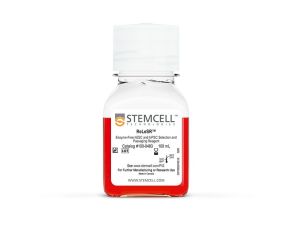
cGMP级、无酶的人多能干细胞选择与传代试剂
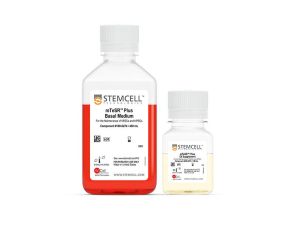
cGMP,稳定的人类胚胎干细胞和iPS细胞维持培养基
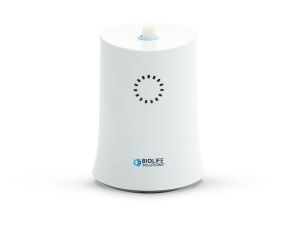
全自动细胞解冻系统,确保一致的解冻性能
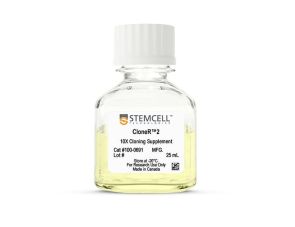
为提高人类胚胎干细胞和iPS细胞在单细胞工作流程中的存活率而定义的补充
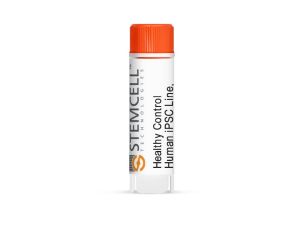
人多能干细胞系,冷冻
扫描二维码或搜索微信号STEMCELLTech,即可关注我们的微信平台,第一时间接收丰富的技术资源和最新的活动信息。
如您有任何问题,欢迎发消息给STEMCELLTech微信公众平台,或与我们通过电话/邮件联系:400 885 9050 INFO.CN@STEMCELL.COM。

